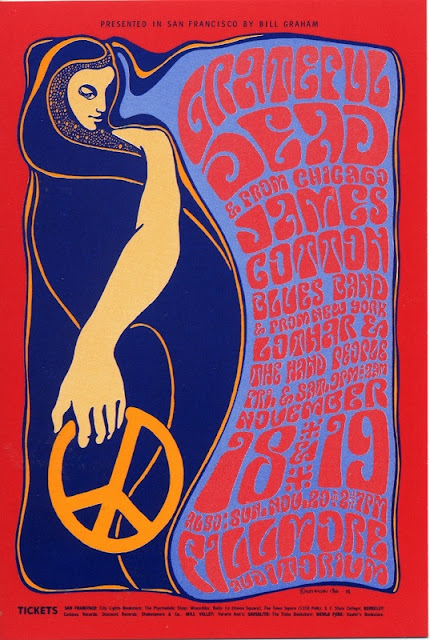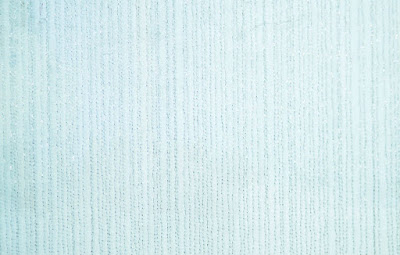Portfolio of outcomes
8 A3 design boards
Blog
Buy sketchbook
Do reading (list on estudio)
Ficciones Typographica - look at this
Brief: Object
Looking at:
Layout
Composition
Colour
Image process
Improve
Rationale - goes on design board. SPaG. explain ideas. Use technical vocab
Refer to other designers. Link to CoP
Research - analyse it. More independent research
Initial ideas - engage fully in study tasks
Design development - use broad range of process. Iterate
Be organised - blog every day. Sketchbook daily. Improve presentation of sketchbook
Oripeau project
3 ideas for posters
Research given object
Forms of representation:
Icon
Index
Symbol
Poster 175 x 91 cm
In public space
White paper unless specified
Task: colour theory
20 frame gif that visually represents an aspect of colour
Johannes Ittens Josef Albers
1080 x 1080 px 300dpi
Instagram it and storyboard
Colour theory
Documentary
Colours influence how we live our lives
Do we see colour the same as each other
Colour names in language vid - vox?
Colour is an illusion
150 ppl doing an experiment
Red - love danger violence
Russel hill - does wearing red help us with competitiveness
Tai kwon do - red vs blue. Red wins significantly more often. 2/3rds
Referees favour ppl in red
Top football teams often have red kit
Experiment - penalty shoot out, some in red, some in blue, some in white
Does red make ppl feel more powerful or does it intimidate the goal keeper
Measured hormones
Ppl do worse on IQ tests if they see red before
3 colour lit pods - red white blue. Change perception of time. Blue speeds up time
Reds n browns make u hungry thats why restaurants often use them. Warm lighting
Blue light made diners go giddy at 10pm in a restaurant
Photosensitive ganglia - eye cell regulates body clock. Sensitive only to BLUE. (blue light from laptops phones keeps me awake)
Early life single cell organisms in the ocean sensitive to blue & yellow moved around the ocean
Colour is a construct of our brains it doesn’t exist
Colour constancy
Language affects how we see colour
Himba people have only a few words to describe colour
See colour differently
Synesthesia
“Johannes Itten, painter, designer and teacher in the Bauhaus school, he´s the first to make a theory about the possible types of contrasts that are produced by the different features of color. Johannes distinguished seven types of contrast. saturation, temperature, simultaneous, proportion, luminosity, hue and complementary colors.”
“THE 7 COLOR CONTRASTS IDENTIFIED BY JOHANNES ARE:
1- THE CONTRAST OF PURE COLORS. CONTRAST OF SATURATION.
100% of color saturation produces a high visual contrast. These colors do not contain any other colors, neither black nor white.
2- COLOR CONTRAST BETWEEN WARM AND COLD COLORS. TEMPERATURE CONTRAST.
The difference of temperature that the color has, increases the visual contrast between the two colors.
3- SIMULTANEOUS CONTRAST.
When we have a saturated color (without any gray or white) and we place it above a gray, inside the gray tone we will see the complementary color of the saturated color. If we have a red on a gray, some blue hue will be generated inside the gray color (blue is the complementary of the red). Simultaneous means that the contrast is generated because a color is near another color, and there is always an visual effect between them.
4- THE CONTRAST OF PROPORTION.
We have two colors but each color occupies a different area, or size. This difference generates a quantity contrast.
5- THE CONTRAST OF LIGHT AND DARK.
Juxtaposition of two colors with different brightness or tonal value.
6- CONTRAST OF COMPLEMENTARY COLORS.
It is the contrast that create two opposite colors on the color wheel, that is the complementary colors.
7- CONTRAST OF QUALITY OR HUE
The quality or hue of the color, if it is more or less saturated, this will make the color more live or turned off. When we are placing a bright color near one without hue, a visual contrast is generated.”
Interaction of colour - josef albers
Johannes itten - the art of colour
Hue = one specific colour
Colour = a set of hues
Shades = hue plus black
Hint = hue plus white
Tone = hue plus black
7 contrasts
Initial idea: colours used to cancel each other out in makeup eg green over red patches, orange over purple bruises













































